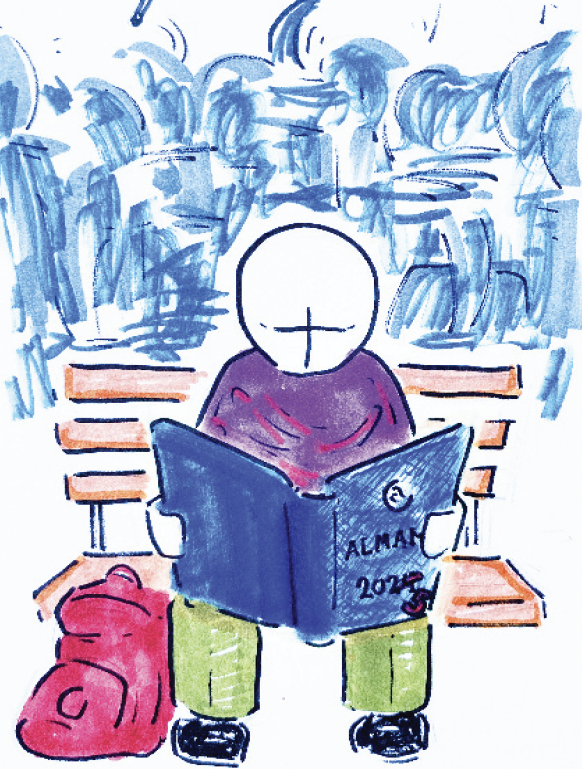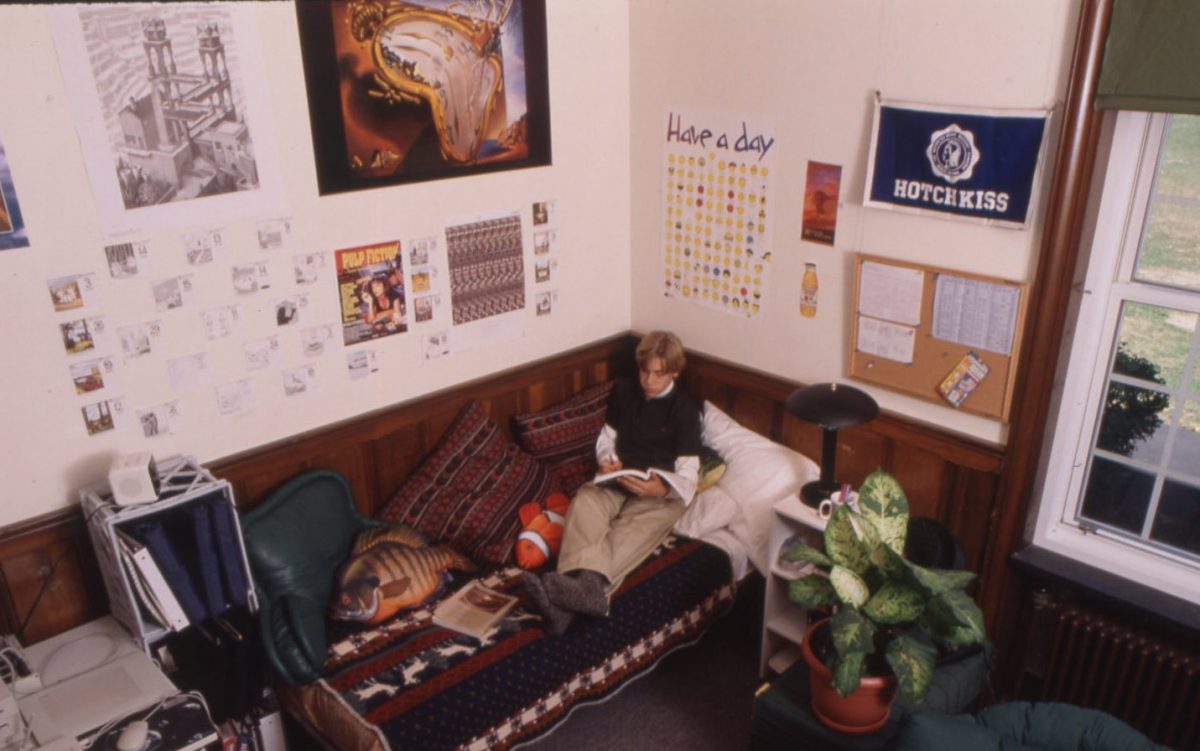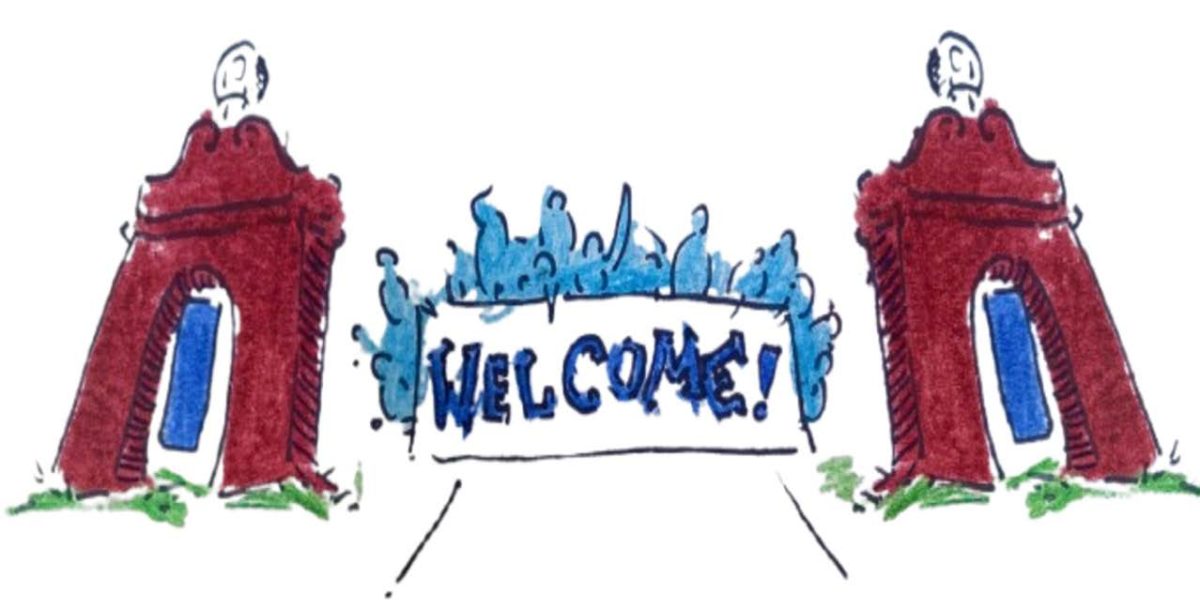America was founded on the principle that “all men are created equal.” Though the country has consistently broken this promise, the concept of the “American Dream” remains ever-present. It represents the road to a better life, a promise of equal opportunity, and a call for a representative form of democratic government. But if you ask me, this “dream” is, in fact, a dream: unrealistic and self-delusional.
In the United States, class and income disparities have widened alarmingly over the past few decades. While a small portion of the population enjoys unprecedented prosperity and security, many families are struggling to make ends meet. Although nominal wages have increased, real wage growth has stagnated since the 1980s. Income inequality is at an all-time high: according to USA Today, the wealthiest 10% of citizens hold over 60% of our nation’s wealth, while the bottom 50% hold only 6%.
The cost of living has also skyrocketed, with grocery prices increasing by 25.8% since 2020 alone, according to Yahoo Finance. This statistic reinforces a broader trend of American life: its unaffordability.
Many families—due to a combination of low income and high prices—-are unable to maintain steady access to food and other basic necessities. Mortgage interest rates have surged, adding further strain to household budgets and making home ownership increasingly unattainable.
Healthcare costs have also ballooned, with health spending in the U.S. reaching a ridiculous $4.5 trillion, or $13,493 per capita, according to the CA Health Care Foundation. Despite our ridiculously high healthcare costs, the American population experiences substantially lower life expectancies than the Organization for Economic Cooperation and Development average, according to the OECD’s website.
Minimum wage has remained relatively the same, even as prices rise at alarming rates. The result is a diminishing disposable income that forces families to choose between essential healthcare and other vital expenses. Inflation has rapidly increased the cost of basic necessities, but employer greed has ensured that wages remain stagnant: this has made a comfortable lifestyle is increasingly out of reach. Much of the working class finds themselves working tirelessly but just scraping by.
Additionally, education, ironically regarded as a means of upward mobility, is becoming yet another burden. According to the Education Data Initiative, in 2024, the average cost of tuition at four-year public colleges reached $27,146 per year and students at private, nonprofit universities pay $58,628. An average bachelor’s degree costs $500,000. This increase has led to a significant amount of student debt, with the average student loan debt for graduates in 2023 exceeding $30,000. Thus, college, rather than giving students more paths toward financial independence, now drags them closer to poverty.
Furthermore, shifting patterns in retirement savings further complicate the situation for younger generations. With fewer employer-sponsored pensions available, many individuals now rely on defined contribution plans that are subject to market fluctuations and require individual contributions. This shift places the burden of retirement planning squarely on the shoulders of employees.
Given all of this, it is safe to say that the American dream will soon be six feet under. We can’t sit idly by. We must fight for systemic change that addresses the root causes of inequality. Look up and move forward toward that beacon of light—it is not death, but rather our hope for the future.





